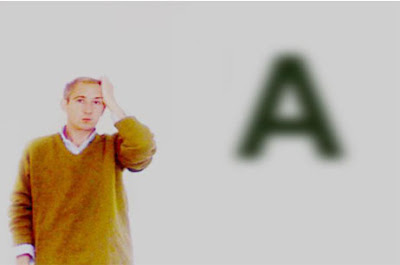Martin Butler - Director
Martin
Butler is a British born Choreographer , Performance Director and
Art Director.
He
was trained in Drama at Manchester University, and than later
Choreographry and Perfromance at Amsterdam School of the Arts, in the
Netherlands.
On
graduating he won the Prince Bernhard prize for most promising
graduate, the year later he received the Amsterdam Encouragement
prize for Choreographry for his short piece with the Dutch
National Ballet, and came first in the NL/ NRW competition for new
Dutch and German choreographers. Since 1998 he has been staging dance
and performance work, at various theatres and festivals in europe.
His work always bridged and combined various disciplines, dance,
theatre, music, film, performance, new media, and fashion, and
through this interdisciplinary approach his work explores the new
dramatic that the combination of different genres facilitate.
He
has collaborated in the past with the Dutch National Ballet,
Dansgroup Kriztina de Chatel, Yoyoi Kusama /Andrea Crews, Wiels
Museum in Brussels, Hochschule for Neue Media Köln, Masahiro Miwa
and
Annimax
Multimedia Theater Bonn, David Linton, New York , The Drama Academy
of Cluj- Napoca, Romania, Renée Coraij (Jan Fabre), Flora and fauna
visions, Berlin, and Chen Shi Zheng and Paul Daniel, Bregenz
festival in Austria, amongst many others next to developing his own
productions with the Liminal Institute that he was artistic director
of until 2012.
His
New media and installation work has been shown in the European
Media arts festival in Osnabrück, Fondacion Telefonica in Lima,
Pixxelpoint festival in Slovenia, the Museum of Modern Art in Arnhem,
Marres, Masstricht, Salon Amsterdam and Mediamatic, amongst many
others. In 2009 he created a flash mob performance for the 20th
anniverary of the fall of the Berlin wall, where 10,000 people remade
the path of the original wall route .
From
2004 - 2012 he has been working on the creative and curatorial team
of Mediamatic, Amsterdam, developing exhibitions and events,
including the Amsterdam Bienalle and the IK, IK, I K series of
exhibitions dealing with self representation.
In
2010 -2012 he collaborated as researcher and writer, for a project of
Delft University and Prof. Caroline Nevejan, examining performance
presence and trust in the internet age, the book will be published
in Summer 2012.
Since
1993 he has also been working as a commercial Art Director for
fashion related events, and has collaborated with Diesel, Diesel
Black Gold, Moshino, Lee jeans, Harmont and Blaine, Aliveshoes,
Camel active, FILA, And Beyond, Andrea Crews, and Elle, amongst many
others.
Apart from creating a shadow play version of Lully's Baroque Opera, “Persée” for children, together with the Italian Baroque
Ensemble L'aura Rilucente premiering this summer at the
International Theatre Festival of Almagro, Spain, and he will premiere
two new short films at the Istanbul Modern Art Museum, Turkey in
Fall, and is developing a new opera based on the Aldus Huxley's "Brave New World" for 2013/2014.
online portfolio











